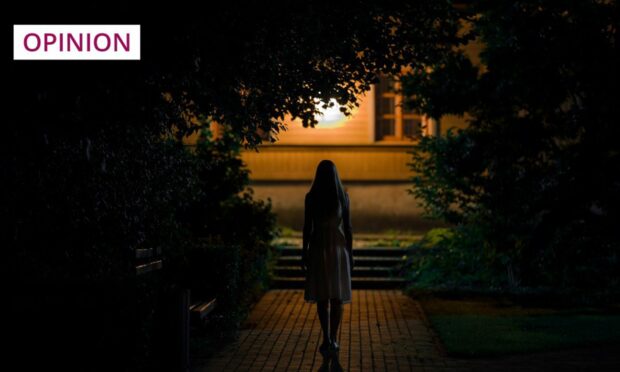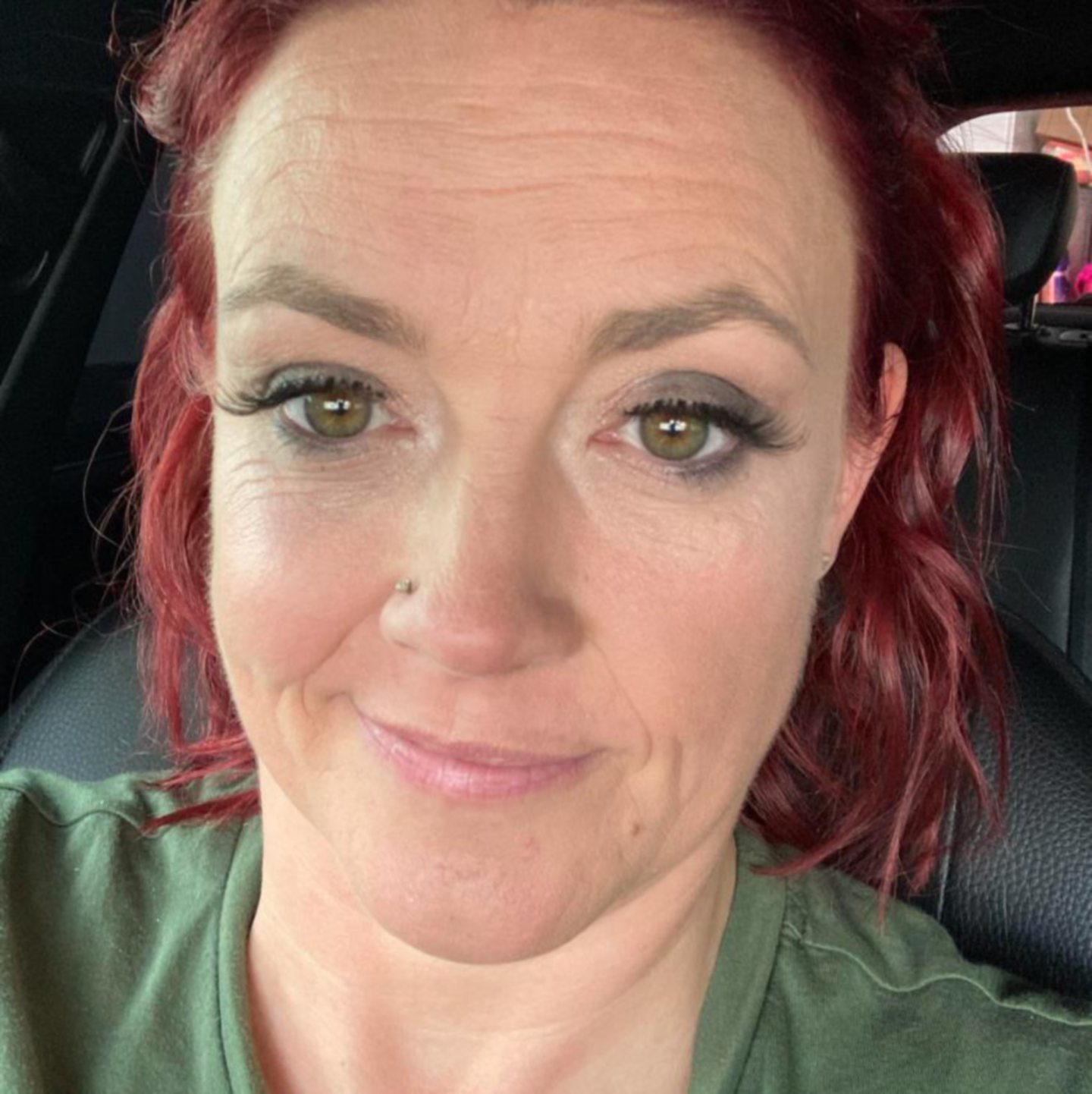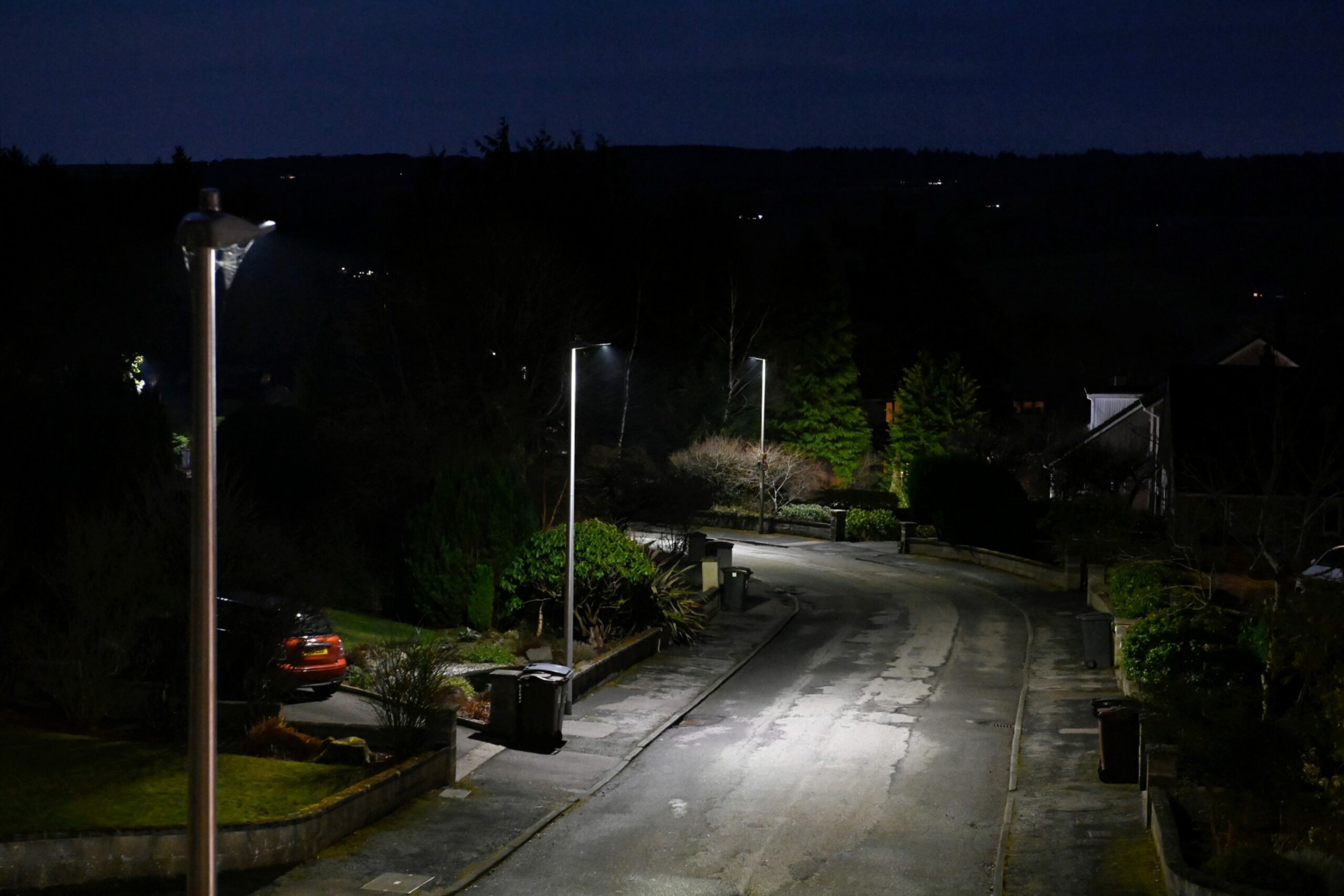When autumn arrives, parks and quiet outdoor places start to empty of women. It’s sad and enraging, and many men don’t even notice, writes Ailsa Sheldon.
How do you keep yourself safe when heading home alone in the dark?
Your answer is likely to depend on your gender. Keys between your fingers? Flat shoes in case you have to run? Phoning a friend to help quell the terror? Definitely no headphones.
For women, going out in winter is no walk in the park.

As the clocks change, so begins the mass enforced hibernation of half the population, or so it feels. When the darkness curfew falls in autumn, parks and quiet outdoor places start to empty of solo women. It’s sad and enraging, and many men don’t even notice.
In winter, I exercise less, I stay in more, I put on weight. I spend longer waiting for buses and searching for expensive taxis to take short journeys that I happily walk in the lighter months. I don’t feel safe, and I’m not alone.
We feel unsafe at night
Landscaping and building materials supplier Marshalls recently published a report called Creating Safer Spaces, in partnership with the Landscape Institute. It examines how people feel outside at night, and makes recommendations for improving the built environment. The report found that 84% of women feel more unsafe when they are alone at night, and the younger the woman, the more vulnerable they feel.
Of course, it’s not only women who feel under threat. Shamefully, 2021-22 saw increases in hate crime, motivated by race, sexual orientation, disability and transgender identity in Scotland. That’s terrifying, and even more so at night.
Being attacked is most women’s biggest safety fear, the Marshalls report confirms. Scotland’s violent crime rate is relatively low, but probabilities and statistics don’t help with the fear, and terrible things do still happen.
We have all heard enough stories. We remember Sarah Everard, Sabina Nessa, Nicole Smallman, Bibaa Henry, Jill Barclay and all the other women who never made it home.
Is it any wonder women don’t exercise as much as they should?
A decade ago now, I had police at my door. A woman had been raped in the car park below my flat, dragged into the darkness moments after stepping off the night bus on her way home from work. I think about her all the time. Is it any wonder we don’t feel safe?
I prefer a quiet walk or a run to clear my head, but, come 4pm, that option disappears
We warn the next generation, desperate to protect them but furious that we have to. My friend Raechel has a 17-year-old daughter. “She wanted to go for a run yesterday and I was immediately saying it will be dark earlier, so go sooner rather than later, and have you got your phone? Do you want me to come with you? And then she sees her Dad just get up and go whenever he feels like it.”
Is it any wonder that many women don’t exercise as much as they should? Yes, there are group classes, all shouty and energetic, or brightly-lit, expensive gyms, but they’re not for everyone – and you still have to get home afterwards. I prefer a quiet walk or a run to clear my head, but, come 4pm, that option disappears.
Shining a light on the issue
Among the recommendations in the Creating Safer Spaces report are better street lighting and clear sightlines; poor visibility and quieter places had the most negative impact on perceptions of safety.
Anna Levin, author of Incandescent: We Need to Talk About Light, says we need “good street lighting, by which I don’t mean brighter – gentle, warm, consistent light makes it much easier to see into the distance and feel calmer. Some of the newer streetlights are blindingly bright just beneath, then dark in between.” I see this in my local park: pools of light, then oceans of black.
A change in the hours of darkness might help, too. The Royal Society for the Prevention of Accidents (RoSPA) has campaigned for years to scrap daylight saving time, advocating for a permanent change to British Summer Time.
The increase in road accidents is one reason for their position. During the fortnight after the clocks change in autumn, there is a 19% increase in road traffic collisions.
Make safety of women and LGBTQ people a priority
RoSPA also believes that increasing “accessible evening daylight” would encourage outdoor activities which benefit physical and mental health, and increase spending in the hospitality sector. It’s pretty convincing; we can’t change our latitude, but we can choose how we use the daylight.
The European Parliament voted to abolish daylight saving changes in 2019, but implementing this has hit several roadblocks. One factor is that the UK Government appears committed to daylight saving, as change risks creating an unwelcome two time zone situation in Ireland.
We won’t feel safer until we see female and LGBTQ+ safety prioritised in policy, policing and planning
Excellent street lighting, security measures and scrapping daylight saving could all potentially make us feel safer outdoors at night; they would certainly help me, personally.
But, fundamentally, we won’t feel safer until we are safer. Until, in all parts of society, we see female and LGBTQ+ safety prioritised in policy, policing and planning. Until then, it just doesn’t feel worth the risk.
Ailsa Sheldon is a Scottish freelance journalist













Conversation